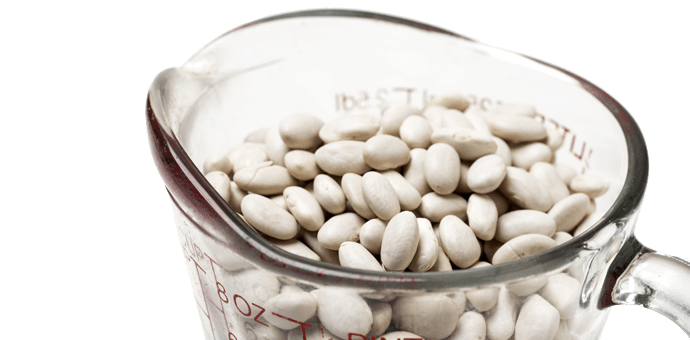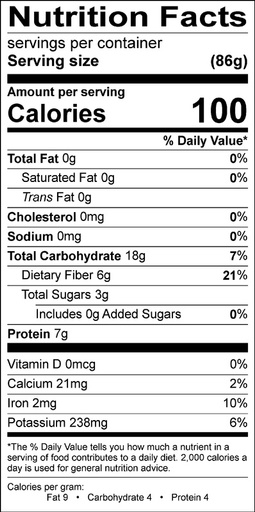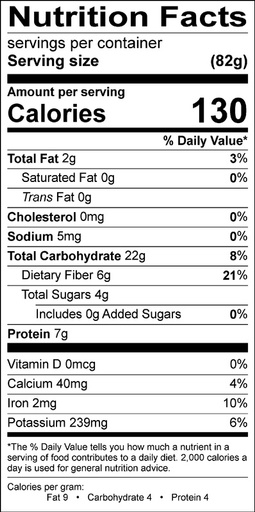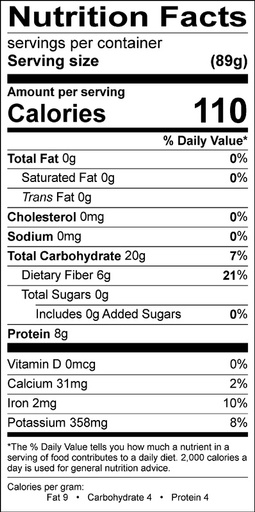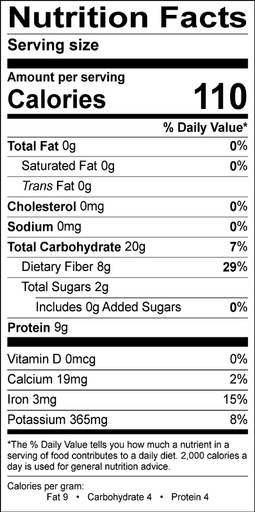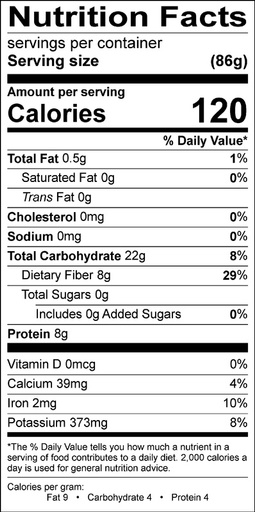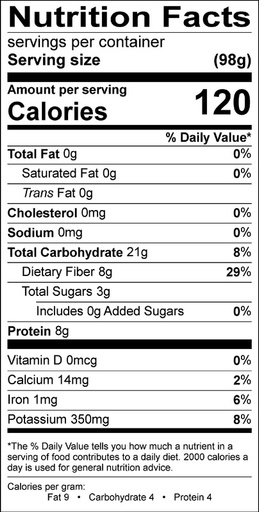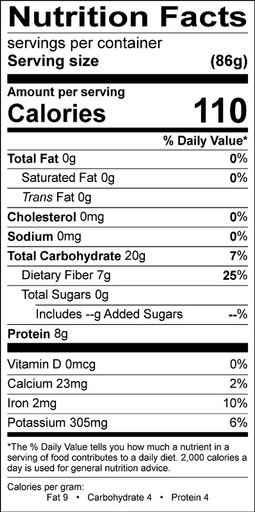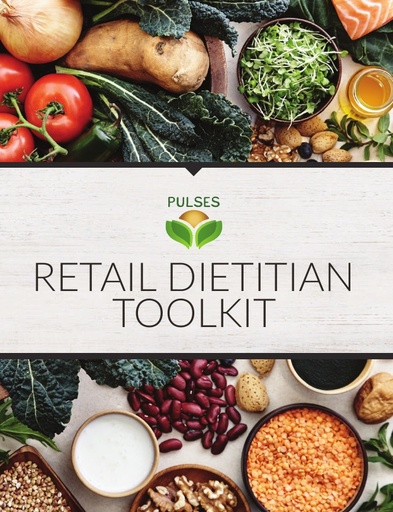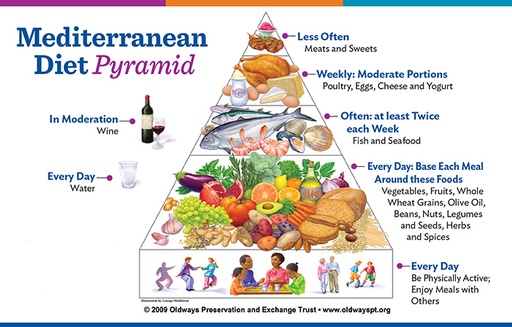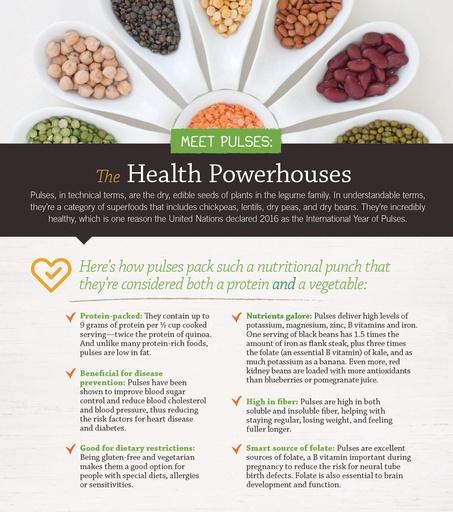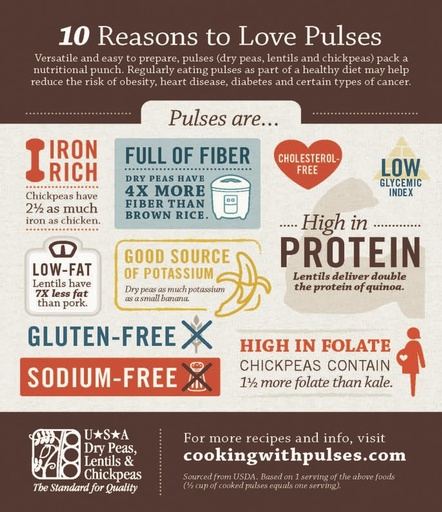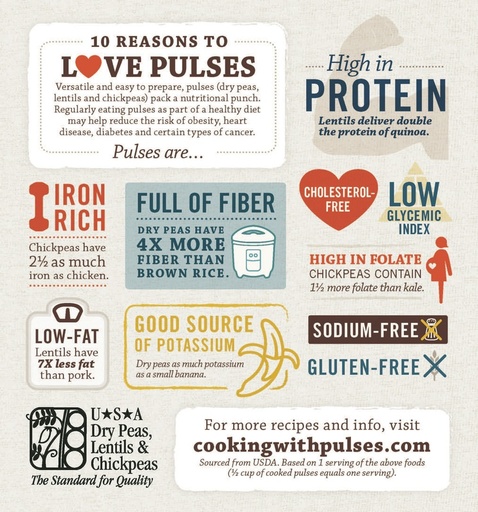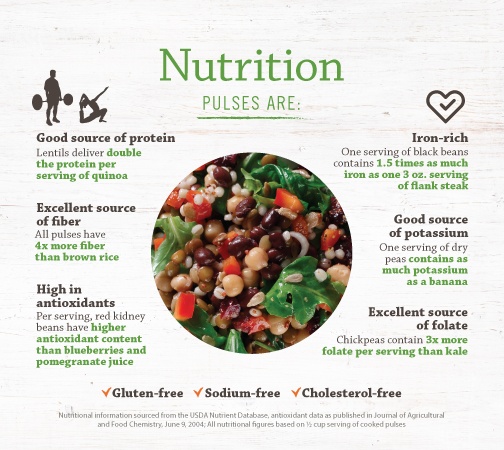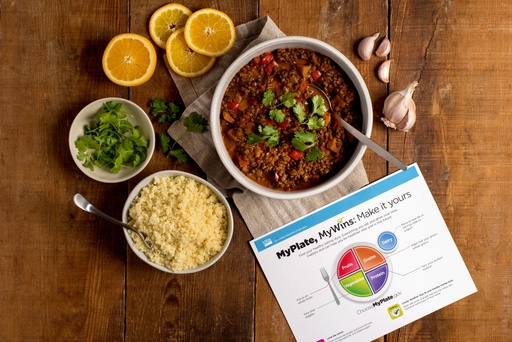Pulses are a superb addition to any meal thanks to their nutritional benefits!
Pulses are so nutrient rich, they are one of the few foods to be categorized as both a vegetable and a protein by the USDA!
Great Taste. Great For You.
Pulses deliver high levels of potassium, magnesium, zinc, B vitamins and iron. One serving of black beans contains as much iron as one 3 oz serving of flank steak, plus three times the folate (an essential B vitamin) of kale, and as much potassium as a banana. Even more, red kidney beans are loaded with more antioxidants than blueberries or pomegranate juice.
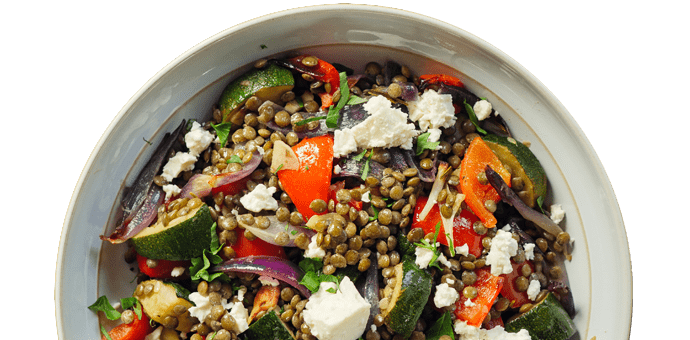
Plant-Based Protein
With up to 9 grams of protein per ½ cup serving, pulses offer a low or fat-free alternative to animal proteins.[4] Pulses improve the protein quality of cereal grains, by adding a complimentary essential amino acid profile.
Due to the high nutrient density, pulses can be considered both as a protein and a vegetable.[6]
Pulses contain twice the protein of quinoa.
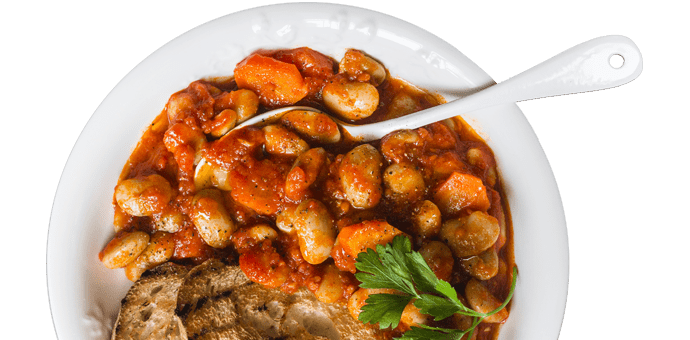
Fiber
Most Americans fail to reach the recommended daily amount of fiber. Pulses are high in both soluble and insoluble fiber, helping with staying regular, losing weight, and feeling fuller longer.
A single serving of chickpeas, lentils or split peas is an excellent source of fiber, providing nearly half of the recommended daily allowance.[4]
All pulses have four times more fiber than brown rice.
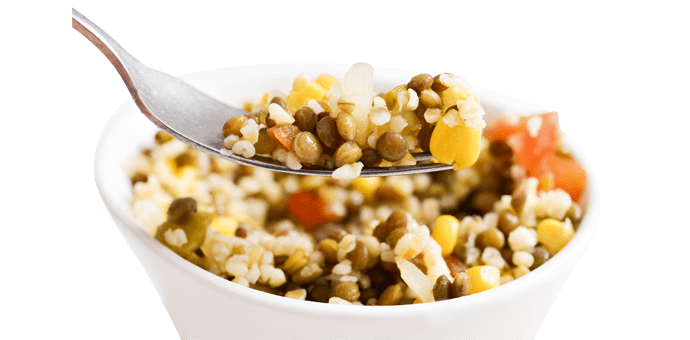
Folate
Pulses are excellent sources of folate, a B vitamin essential to brain development and function, and important during pregnancy to reduce the risk for neural tube birth defects.
Chickpeas contain three times more folate per serving than kale.
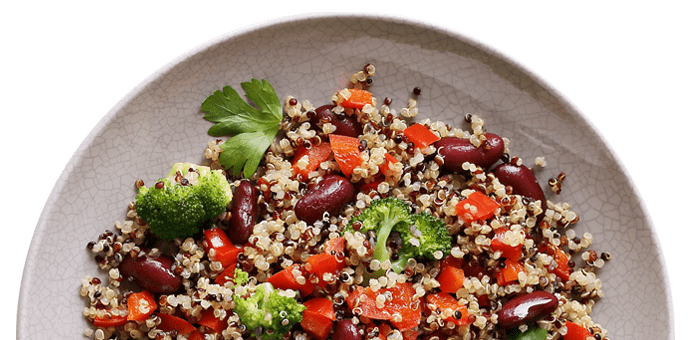
Gluten Free & Allergen Friendly
Celiac Disease is an autoimmune disorder that currently affects three million Americans. People with Celiac Disease must avoid gluten, a protein found in wheat, barley and rye.
Dry peas, lentils and chickpeas are a gluten-free alternative.
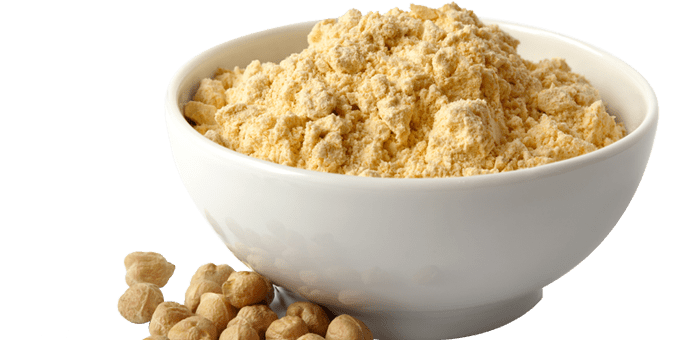
Low Glycemic Index
Low glycemic index (GI) diets have been shown to improve glucose and lipid levels in people with diabetes. Low GI foods and low glycemic load (GL) foods also help control appetite and delay hunger. A bagel or rice may have up to three times the GL of dry peas, lentils and chickpeas.

Disease Prevention
More than ⅔ of the U.S. adult population is overweight or obese.[1],[2] Diabetes is one of the leading causes of death in the U.S. and is a major cause for heart disease and stroke.[3] To help combat these issues, millions of people are looking for healthy, nutritious options to add to their meal plans.
Pulses have been shown to improve blood sugar control and reduce blood cholesterol and blood pressure, thus reducing the risk factors for heart disease and diabetes.
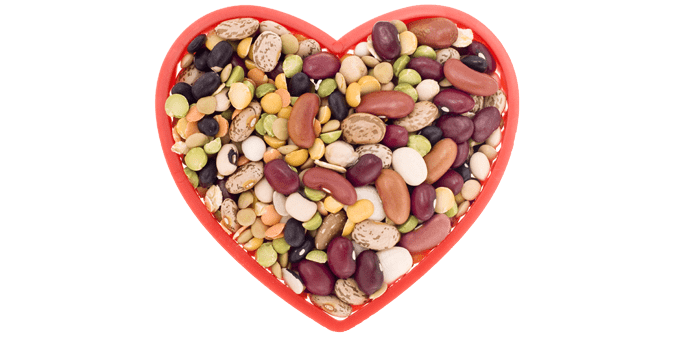
Nutrition Resources
Check out some of our graphics and resources about pulse nutrition below!

